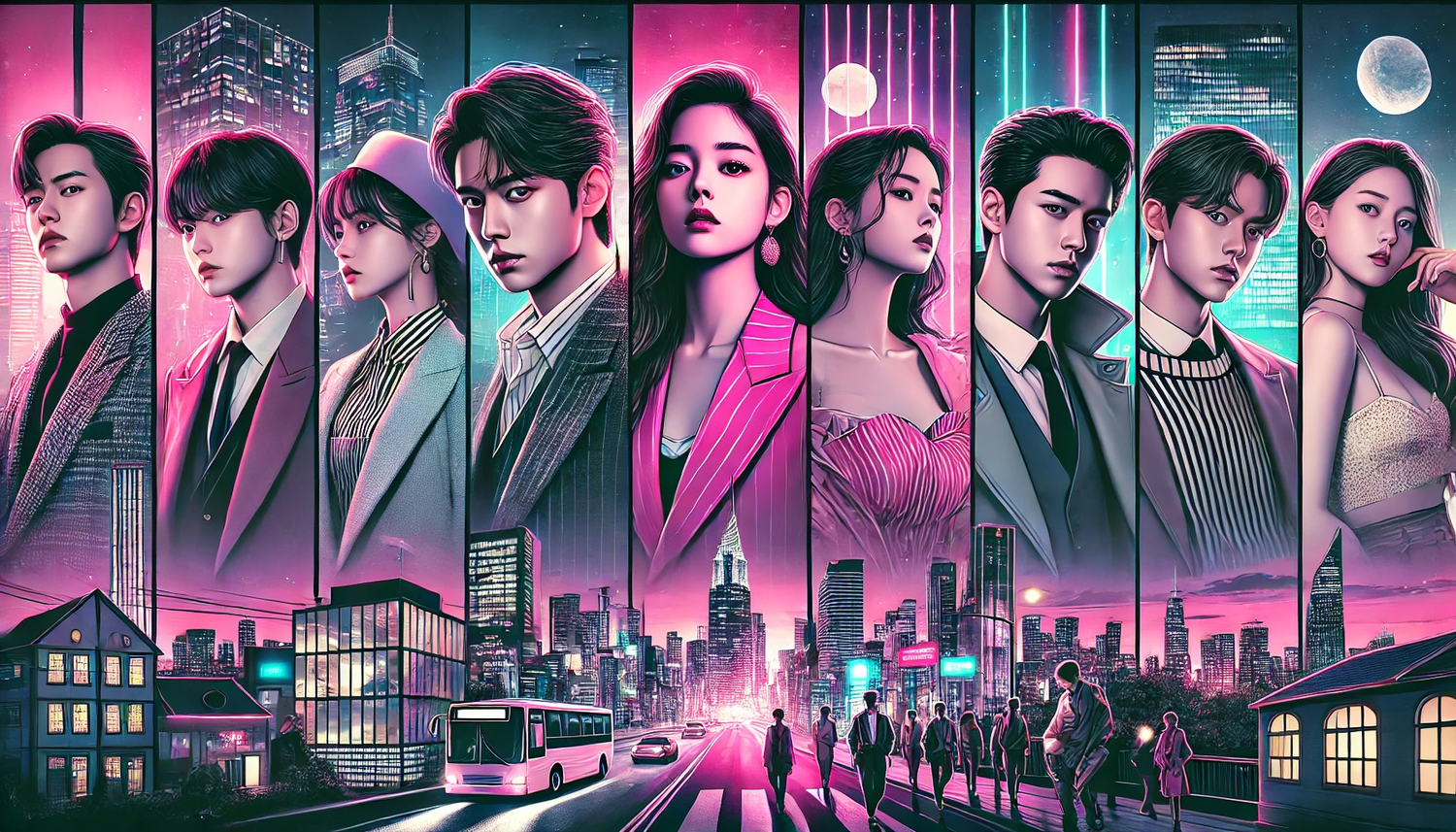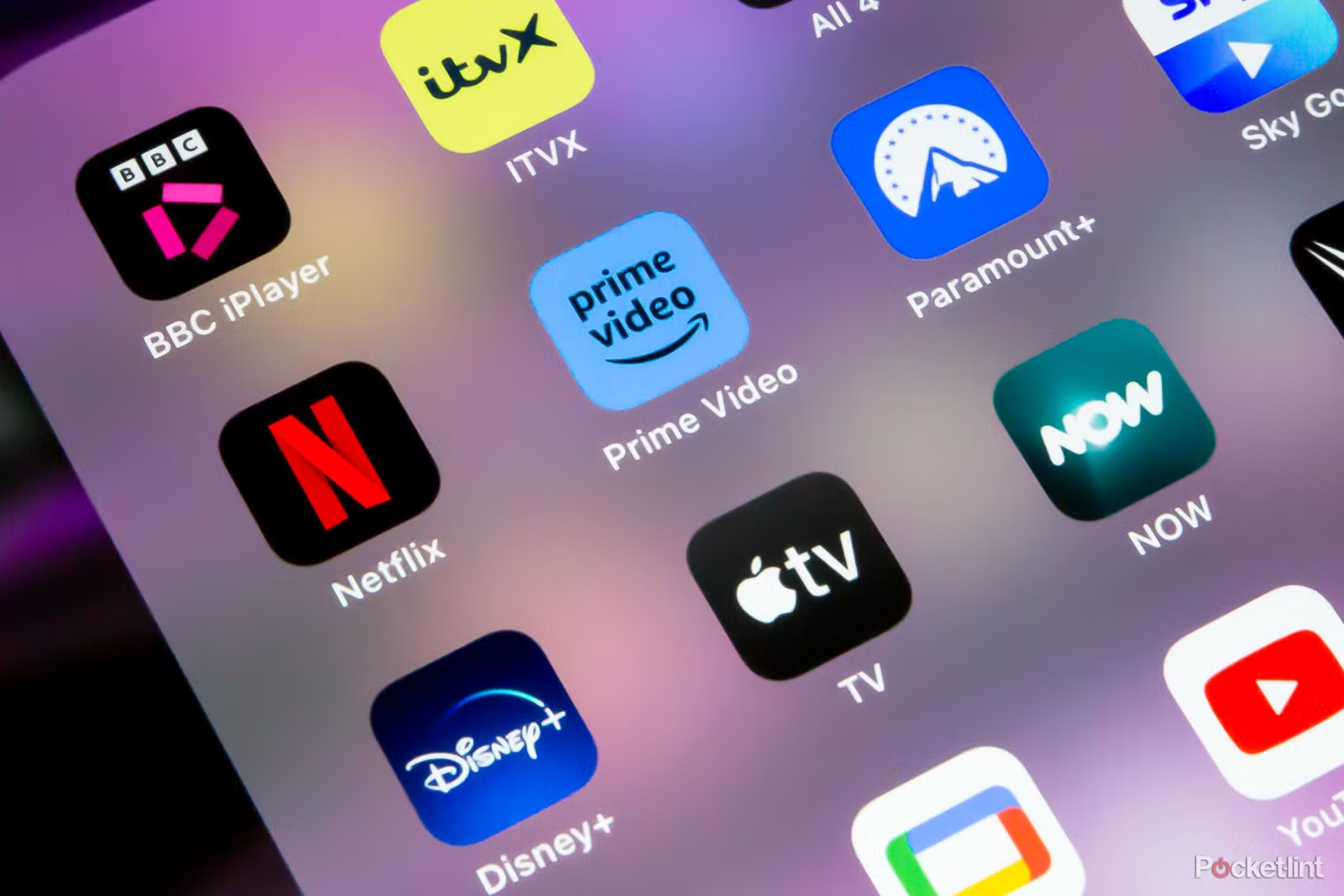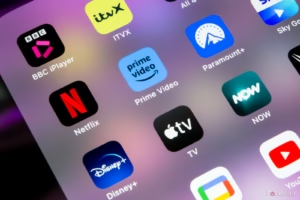The Rise of International Dramas in Global Streaming. Over the last few years, global streaming platforms have undergone a massive shift in content strategy, increasingly investing in international dramas that were once overlooked by mainstream media. Audiences worldwide have embraced these cross-border stories, ushering in a new era of entertainment where language is no longer a barrier. From Korean thrillers and Spanish crime series to Turkish romances and Indian family sagas, international dramas are now dominating top charts and winning hearts globally.
This cultural crossover is not just a fleeting trend but a fundamental transformation in how people consume content, reflecting the power of storytelling beyond borders. Streaming giants like Netflix, Amazon Prime, and Disney+ have played a pivotal role in democratizing global content, offering subtitled and dubbed versions to viewers everywhere. As the appetite for diverse stories grows, international dramas are no longer confined to niche categories—they are the main event.
How Streaming Platforms Opened the Gates to Global Content
In the era of cable TV, international dramas had limited reach, often relegated to specialty channels or late-night slots with minimal promotion. The arrival of streaming platforms disrupted this model by eliminating geographical and scheduling barriers. Netflix’s aggressive expansion strategy, which included the localization of content through subtitles, dubbing, and tailored marketing, enabled shows from non-English-speaking countries to achieve mainstream success. The 2017 release of the Spanish crime drama “Money Heist” (La Casa de Papel) marked a turning point.
Originally airing on a local channel in Spain, the show found a second life on Netflix and exploded into a global phenomenon. Since then, we’ve witnessed the meteoric rise of South Korea’s “Squid Game,” France’s “Lupin,” Germany’s “Dark,” and India’s “Delhi Crime,” all of which have been praised for their storytelling, production quality, and cultural authenticity. Streaming platforms provided not just accessibility but a launchpad for global recognition.
Cultural Authenticity as a Strength, Not a Barrier
One of the most fascinating aspects of international dramas is how rooted they are in their local cultures, yet they resonate universally. Whether it’s the deep societal hierarchy showcased in Korean dramas, the emotional intensity of Turkish series, or the raw political undertones in Indian crime thrillers, these shows bring authenticity that adds depth and realism. Rather than diluting their stories for global appeal, creators are embracing local nuances—something that paradoxically makes the content more appealing worldwide. Viewers are no longer looking for familiar, cookie-cutter plots; they are drawn to the richness and diversity of storytelling.
For instance, “Squid Game” exposed global audiences to the harsh realities of South Korean debt culture while telling a thrilling survival story. “Lupin,” inspired by French literary legend Arsène Lupin, tackled racial issues in France through a gripping heist narrative. This shift suggests that international audiences are not just tolerant of foreign content—they crave it.
The Role of Subtitles, Dubbing, and Localization
One of the biggest hurdles international content once faced was the language barrier. However, technology and user behavior have evolved to overcome this challenge. Platforms now offer professional subtitles and high-quality dubbing in multiple languages, making it easier for viewers to enjoy foreign shows without missing the emotional subtleties. For some audiences, subtitles are preferred to preserve the original acting nuances, while others opt for dubbed versions for a seamless viewing experience.
This flexibility has widened the accessibility of international dramas exponentially. Additionally, streaming services now employ local marketing strategies, regionalized thumbnails, and personalized recommendations based on viewers’ cultural contexts. These localization efforts go far beyond translation—they build familiarity and relevance, encouraging viewers to explore stories they might not have otherwise considered.
Why International Dramas Resonate With Global Audiences
What makes international dramas so appealing to a global audience? Part of the answer lies in the shared human experience—love, betrayal, ambition, justice, family—told through different cultural lenses. Viewers appreciate the emotional depth, well-structured plots, and character-driven narratives that international dramas often deliver. In many cases, these shows offer an escape from formulaic Hollywood tropes, bringing fresh storytelling techniques and more diverse voices. Additionally, many international series are shorter in length, making them more binge-worthy and accessible.
The use of local settings, costumes, and languages adds a sense of realism and immersion that audiences find captivating. Moreover, there’s an element of prestige and curiosity in watching something popular in another part of the world—it becomes a way to stay culturally connected and globally aware. People now enjoy the thrill of discovering a hidden gem from another country, often sharing recommendations online, which further amplifies the popularity of these shows.
Impact on Local Industries and the Global Market
The boom in international dramas has had a profound impact on local entertainment industries. It has led to increased investment in content production, talent development, and technical innovation. Countries like South Korea, Spain, and India have seen a surge in demand for their storytelling, creating more job opportunities and elevating their cinematic standards to compete on a global scale. Governments and cultural institutions are also stepping in to support local creators, recognizing the soft power and economic potential of exporting entertainment.
On a larger scale, this trend has fueled competition among streaming platforms to acquire or produce the next international hit. Netflix’s “global originals” strategy has become a blueprint for others, while platforms like Viu, iQIYI, and ZEE5 are focusing on regional content to capture niche markets. This diversification benefits the industry as a whole, offering viewers a buffet of global stories while promoting cultural exchange and mutual understanding.
The Future of Global Entertainment Is Borderless
As streaming platforms continue to expand and evolve, the future of international dramas looks brighter than ever. The days when Hollywood productions monopolized global screens are over. Today’s audiences are open-minded, curious, and eager to explore stories from every corner of the world. This cultural openness is not just changing what we watch—it’s influencing how stories are told. International collaborations, co-productions, and genre fusions are becoming more common, resulting in unique shows that blend different storytelling traditions. The global success of shows like “Narcos,” “Kingdom,” and “Sacred Games” proves that compelling content will find its audience, regardless of the language it’s told in. As technology continues to bridge linguistic gaps and platforms invest more in diverse content, international dramas are poised to become a dominant force in global streaming, inspiring a new generation of creators and redefining entertainment for the better.



























